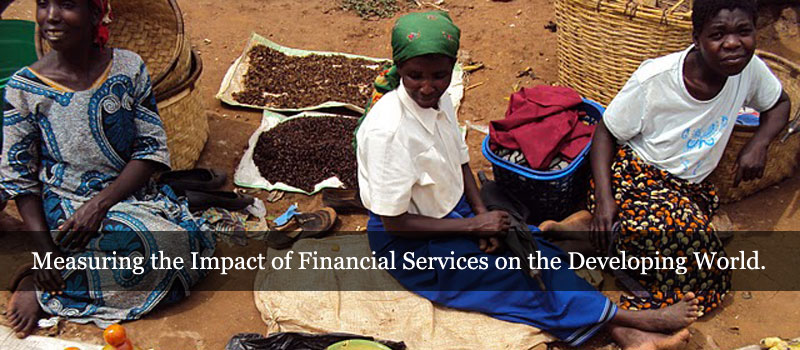Same Ends, Different Means: The Role of Social Networks in Shaping M-PESA Use
Kenyans' use of M-PESA, that country's groundbreaking mobile money innovation, follows patterns that are largely determined by users' networks of social relationships, according to a new study by Microfinance Opportunities (MFO). In addition, the MFO study also finds that, despite e-money's potential to alter the way people pursue their economic lives in more fundamental ways, M-PESA subscribers currently use M-PESA in ways that mimic their use of physical cash. They also convert e-money into physical cash quickly, often the same day they receive M-PESA remittances. In other words, four years since M-PESA's 2007 launch, the evidence suggests that its users' uptake of the service remains deeply embedded within their familiar economic behaviors and preexisting interpersonal networks.
These findings have implications both for its subscribers and for M-PESA itself. Despite M-PESA's meteoric growth, cash remains king. In the MFO study, more than 94 percent of transactions by value involved cash compared to less than 6 percent for M-PESA. M-PESA is unlikely to capture a greater share of overall transactions simply by adding customers - more than 70 percent of adult Kenyans are already subscribers. If M-PESA is to challenge the overwhelming dominance of cash in the everyday economic lives of low-income Kenyans, it will have to expand into other markets segments, especially business ones.




